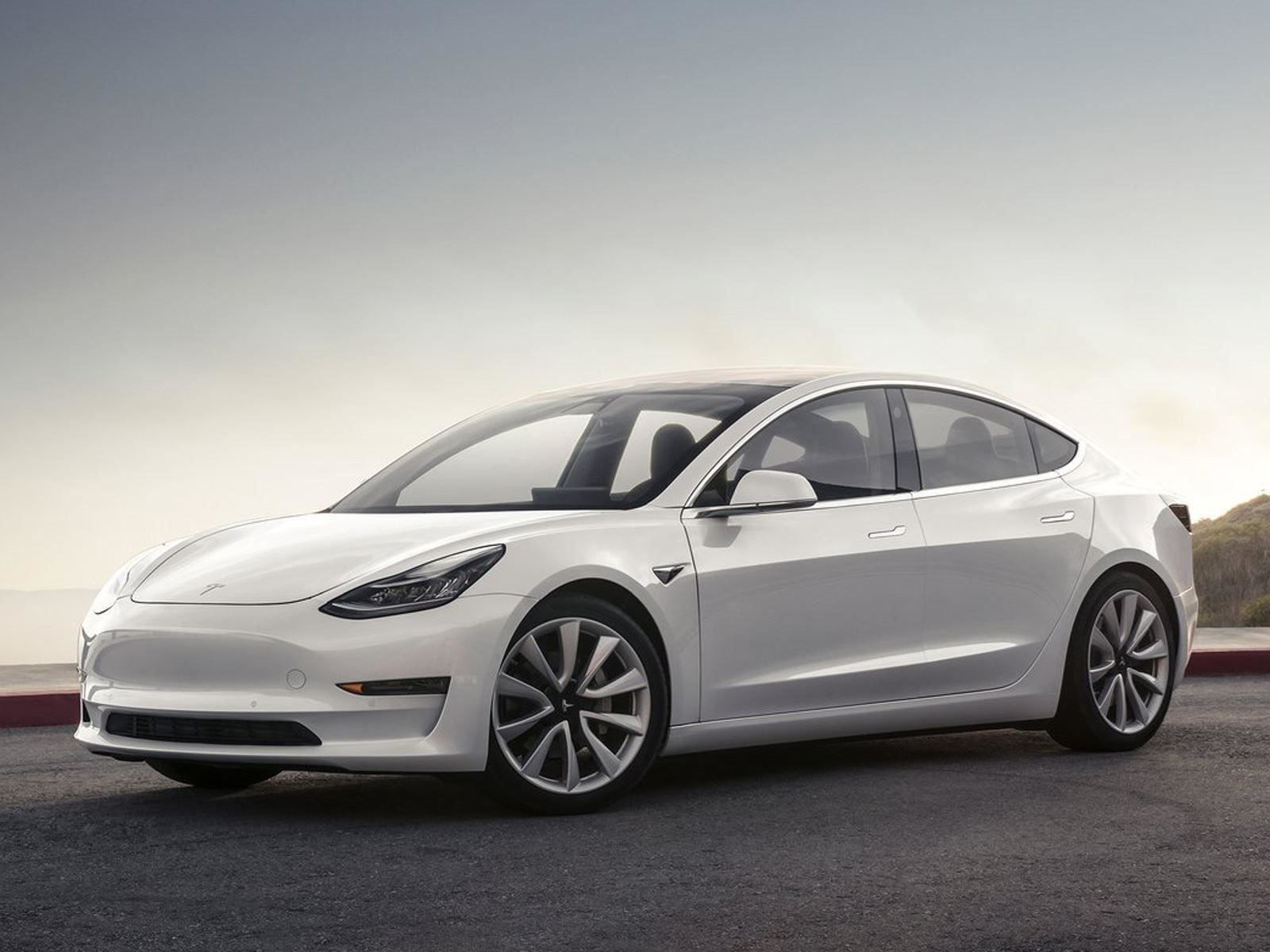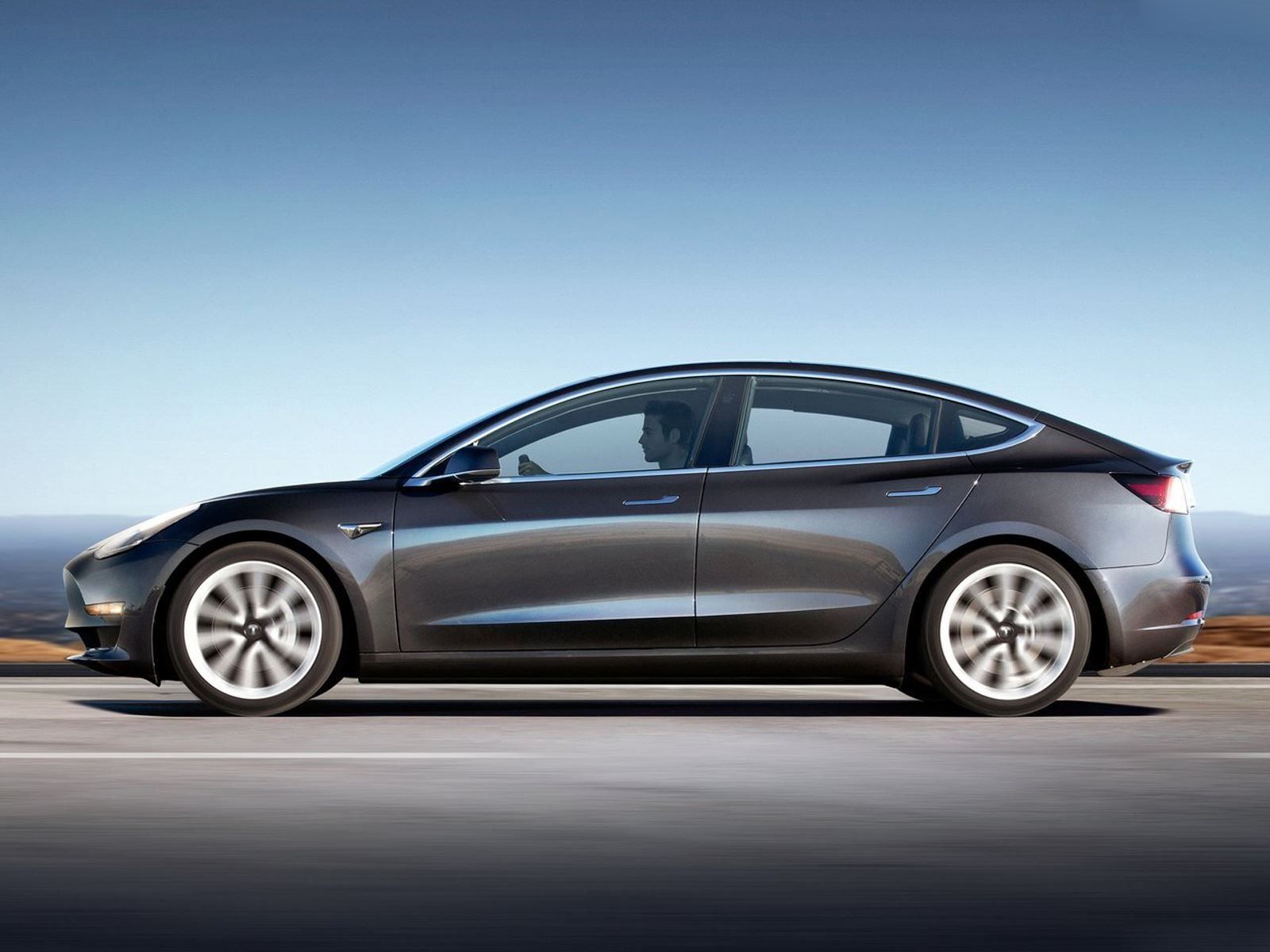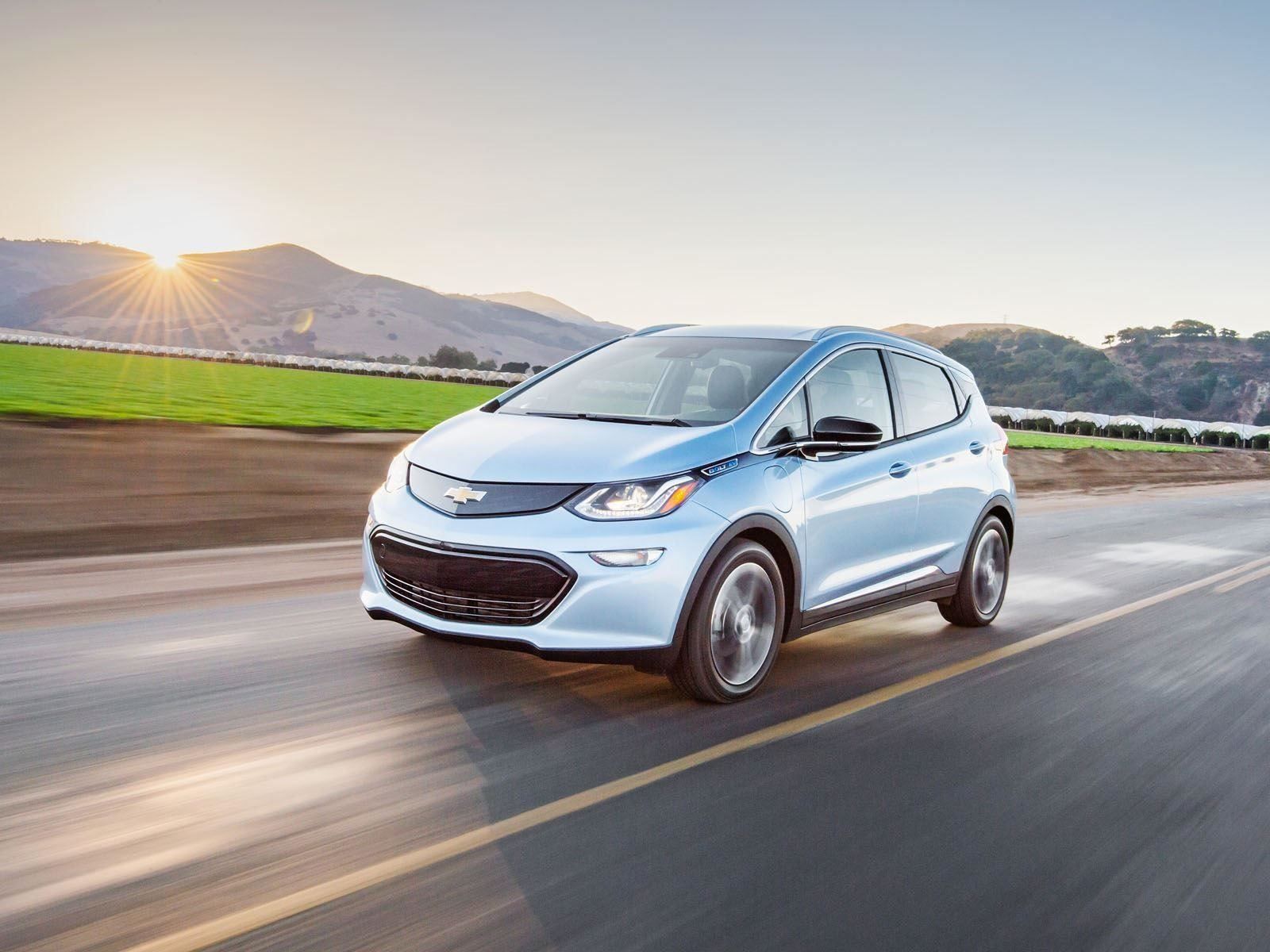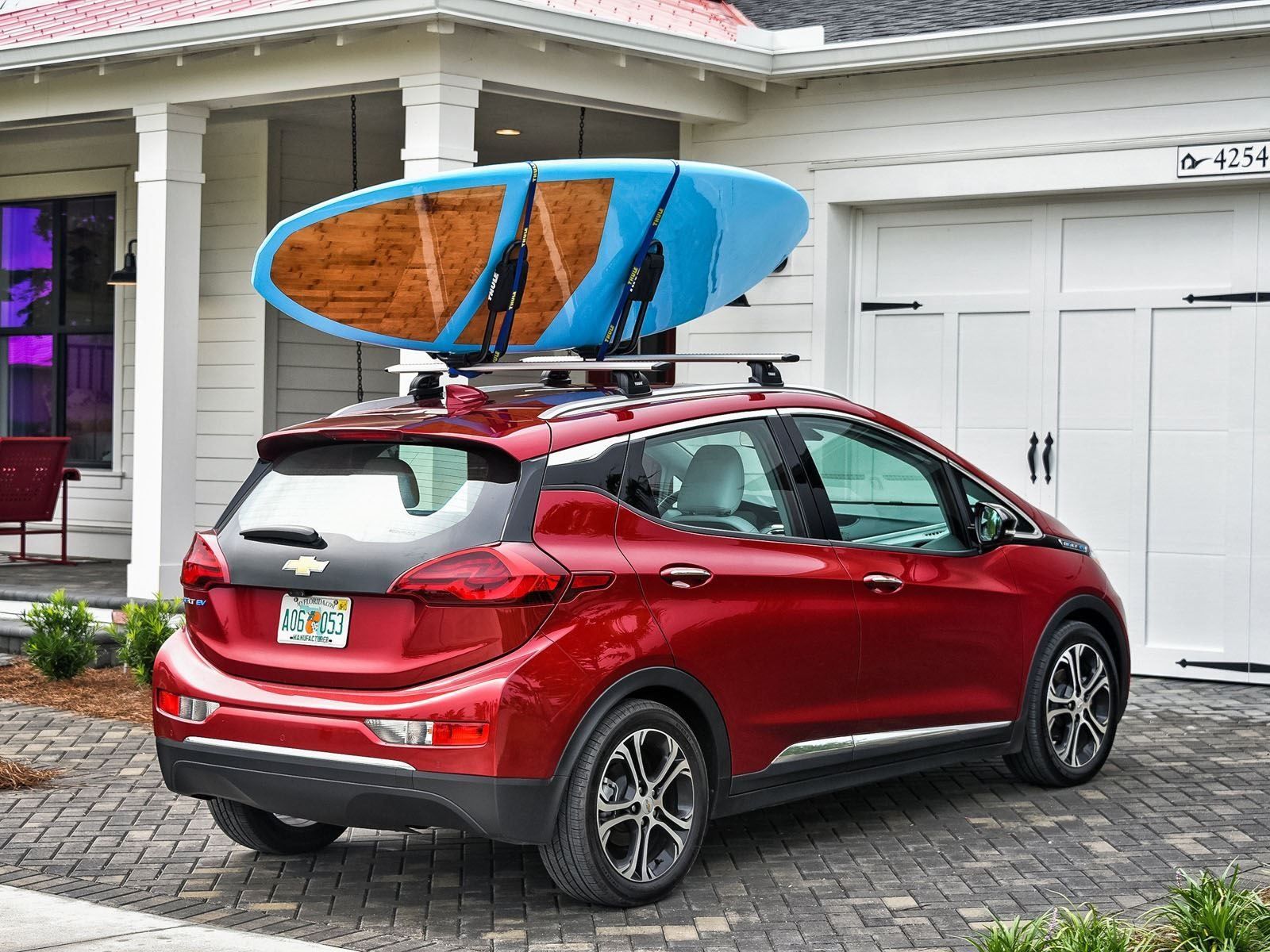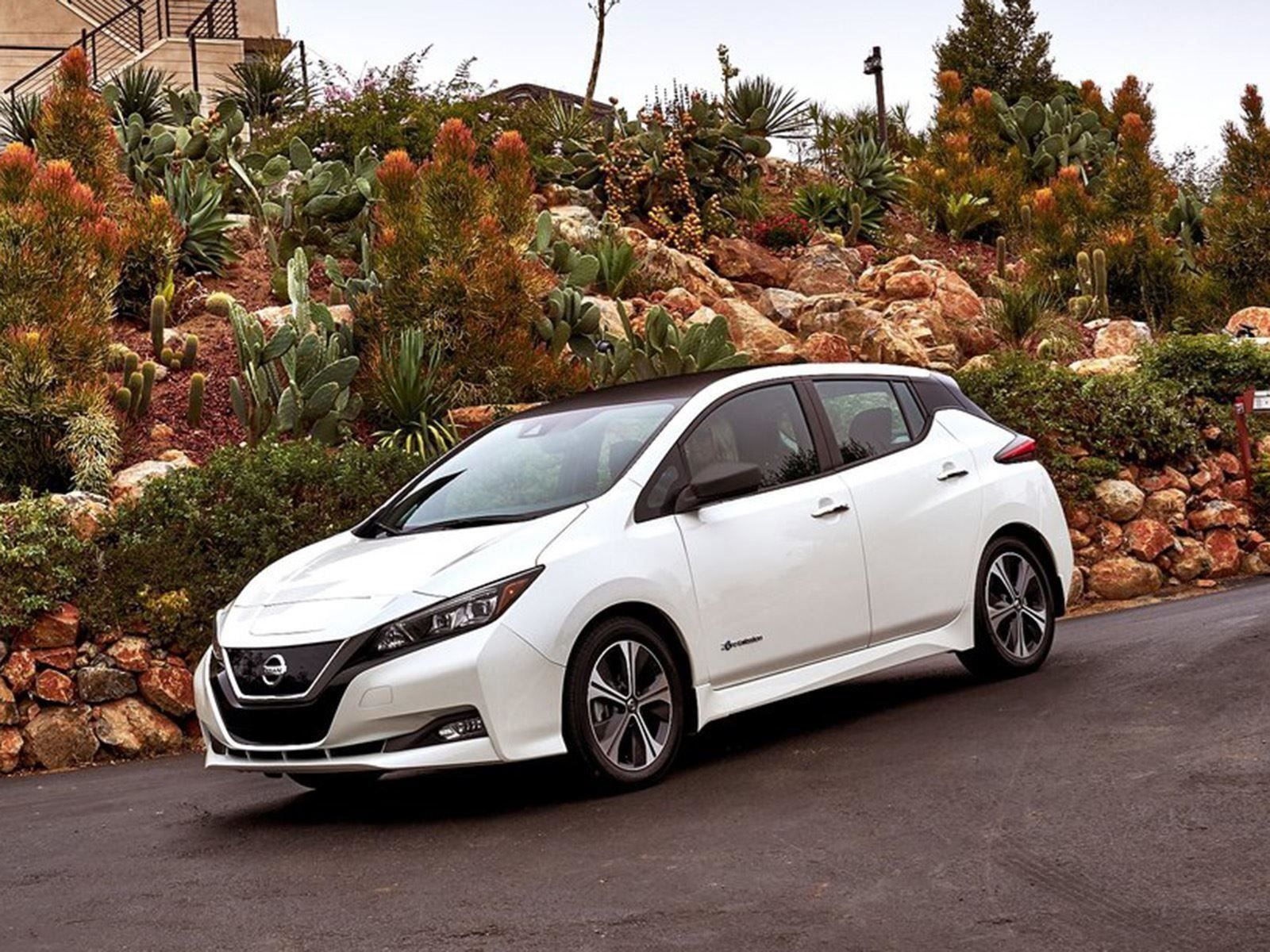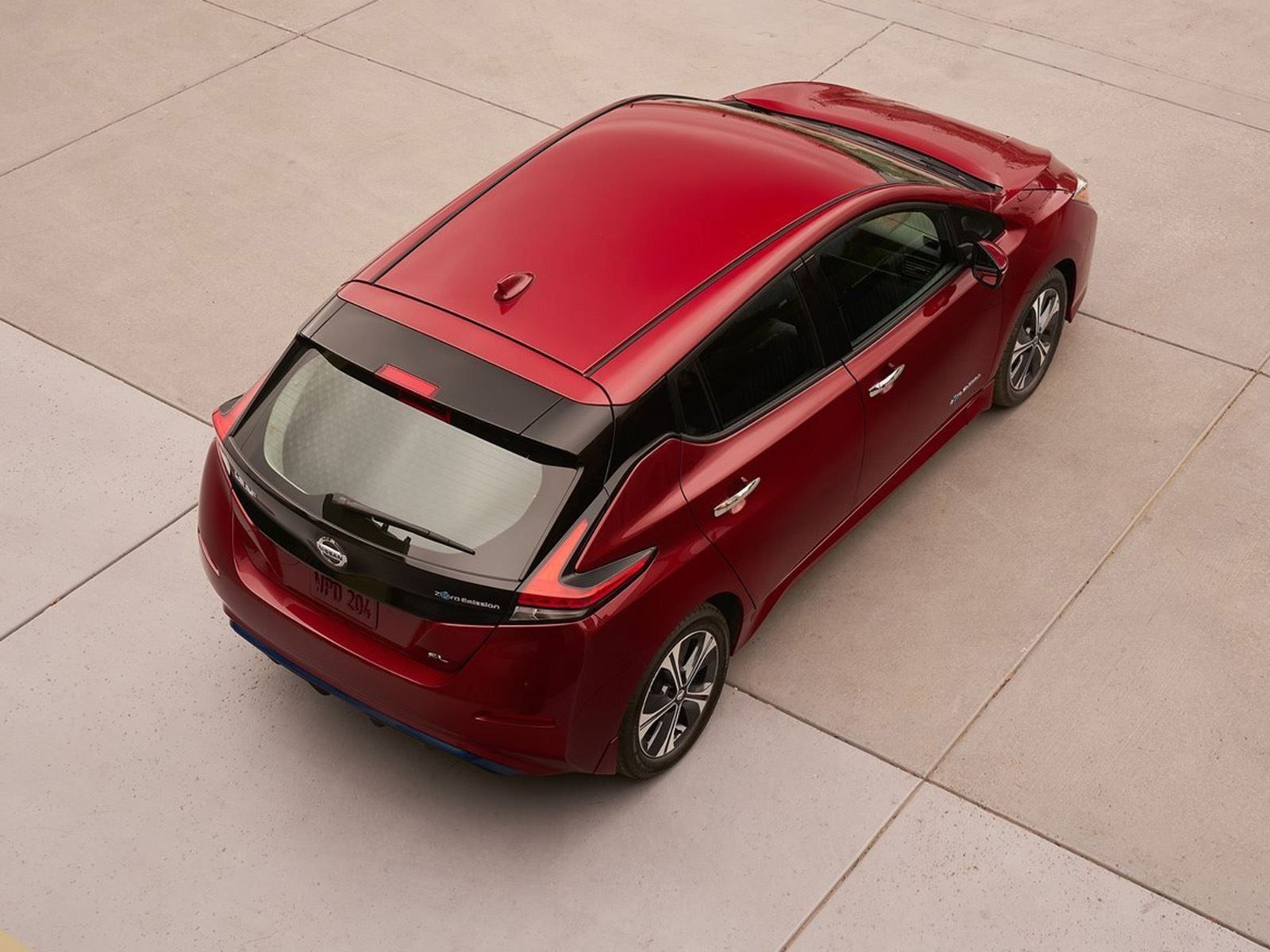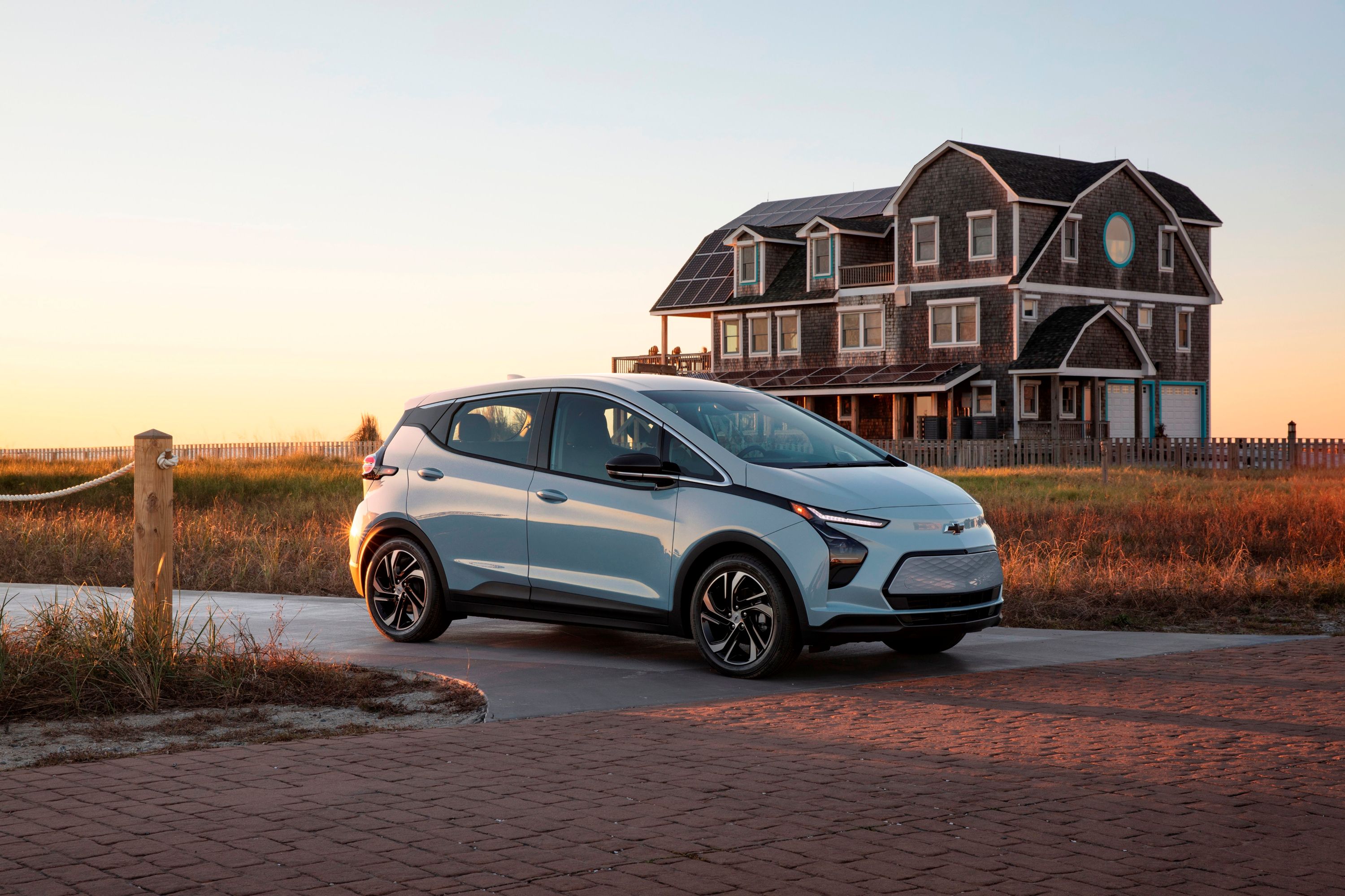
Buying an electric car comes with a certain level of compromise. Charging takes far longer than filling up with gasoline and range anxiety becomes very real. Perhaps this is why EV sales still trail traditional car sales by a large margin. Enticing buyers with a $7,500 tax credit from the government certainly helped, but that incentive is about to end. Even though the US government voted to keep the EV tax credit, the legislation from 2009 is slated to end once an automaker hits the 200,000 unit mark for EV sales.
According to Automotive News, both Tesla and GM are on the verge of the 200,000 unit threshold, meaning cars like the Model 3 and Bolt will soon be a lot more more expensive to buy. Tesla currently sits at around 193,000 EV sales, and could hit the 200,000 mark as soon as July. GM, with around 181,000 units sold, is expected to be next in early 2019. Nissan and Ford are the next closest with around 120,000 and 108,000 units respectively, but aren't expected to reach 200,000 for several years. This issue will likely impact Model 3 reservation holders, who have been eagerly awaiting the delivery of their affordable $35,000 Tesla.
Unless Congress decides to extend the tax credit, the most popular EVs on the market are about to get a lot more expensive. Industry experts expect that GM will feel the hit from the incentive ending more than Tesla will. The $7,500 incentive makes a more significant impact on the $36,000 Chevy Bolt than a $75,000 Tesla Model S or Model X. Buyers do have some time before the incentives are halved to $3,750, then halved again to $1,875 before being eliminated completely. We'll have to wait and see if losing a nice incentive from the government will stop people from buying the latest and greatest EVs.

